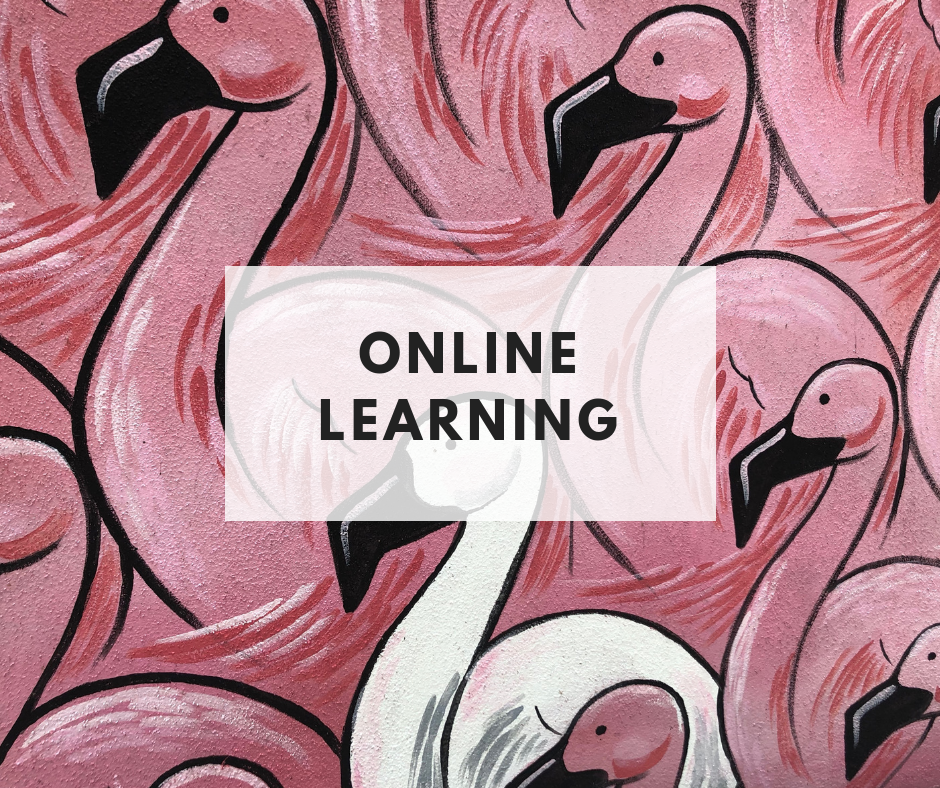I had a lovely lunch with my friend Enilda Romero-Hall today on her (also lovely) University of Tampa campus. As we were catching up and sharing/comparing, we engaged in a conversation common to those of us who teach “online”. It’s never enough to say, “I teach an online course” for the other person to have a clue what you actually do. It always involves at least a 5-minute (or more if you don’t have enough shared language) back-and-forth comparison of the actual instructional practices you employ to come to any type of understanding of what the other is doing (e.g., The required/optional live sessions? Use of discussion boards? One-on-one student meetings during the semester? Etc.)
This is why I LOSE MY MIND when I read articles such as this one from Inside Higher Ed that shares, “Numerous public university systems and state flagships are planning ambitious online endeavors.” What on earth does this mean?!
I find it’s helpful to flip the nouns to show the absurdity of a statement, so let’s swap a few nouns and compare this pronouncement to a significant other coming home and proclaiming, “I’m planning an ambitious job change”. Such a statement would prompt an assault of follow up questions. What kind of job change? What will you be doing? Who will you be working with/for? Will your hours change? Will you make more/less money? Do we have to move?
However, as you read through the Inside Higher Ed article, the “online endeavors” are vaguely defined and described. The only common thread is that the many cited universities are going to “go big” in it. But, big at what? For example, the article notes that the University of Missouri system has plans to expand its total enrollment from 75,000 to 100,000 by 2023, pointing to online education as a key driver of future growth. However, they don’t define/describe what online education means at these institutions. Is it large asynchronous (e.g., MOOC-like) courses or small high-touch synchronous courses? Beyond the student to teacher ratio, what is the planned ratio of adjuncts to tenured faculty? What degree programs would be included? And so on …
For those of us who study instructional design and teach in “online education”, we must work harder to add clarity/reality to these conversations. If these decisions are being made to save money or increase enrollments while containing costs, they will be sorely disappointed if a companion aim is to maintain quality.
p.s. This featured image is a mural painted by @tada_artists in Tampa.
